Step 1: Complete the American Heart Association online course.
Step 2: Perform skills testing in Carmichael or another location.
Step 3: Receive the American Heart Association card same day.
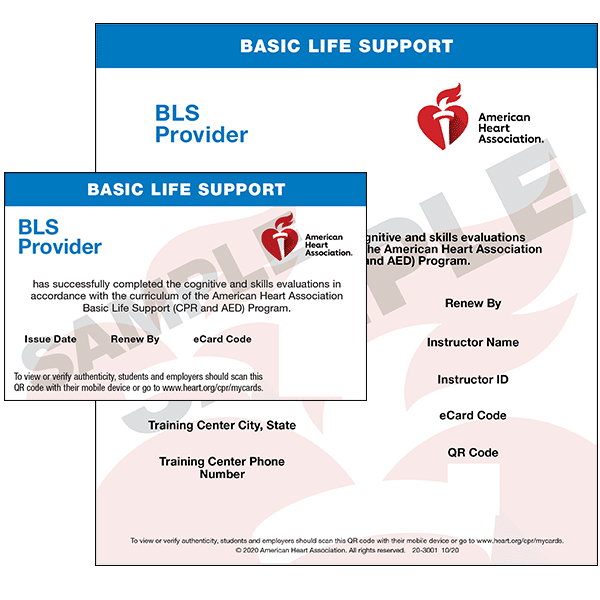
Basic Life Support
Online Course: 1-2 hours
Skills Testing: 30 minutes
100% Pass Rate Guaranteed
Lowest Price In Carmichael
Receive Card On Class Day
Thousands of 5 Star Reviews
CE Credits to CA Dentists
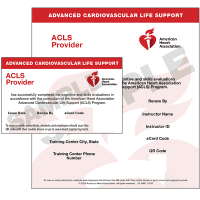
Advanced Cardiac Life Support
Online Course: 2-3 hours
Skills Testing: 30 minutes
100% Pass Rate Guaranteed
Lowest Price In Carmichael
Receive Card On Class Day
Thousands of 5 Star Reviews
Some Professions: 2-3 CEU
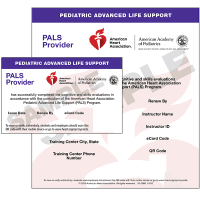
Pediatric Advanced Life Support
Online Course: 2-3 hours
Skills Testing: 30 minutes
100% Pass Rate Guaranteed
Lowest Price In Carmichael
Receive Card On Class Day
Thousands of 5 Star Reviews
Some Professions: 3.75-5 CEU
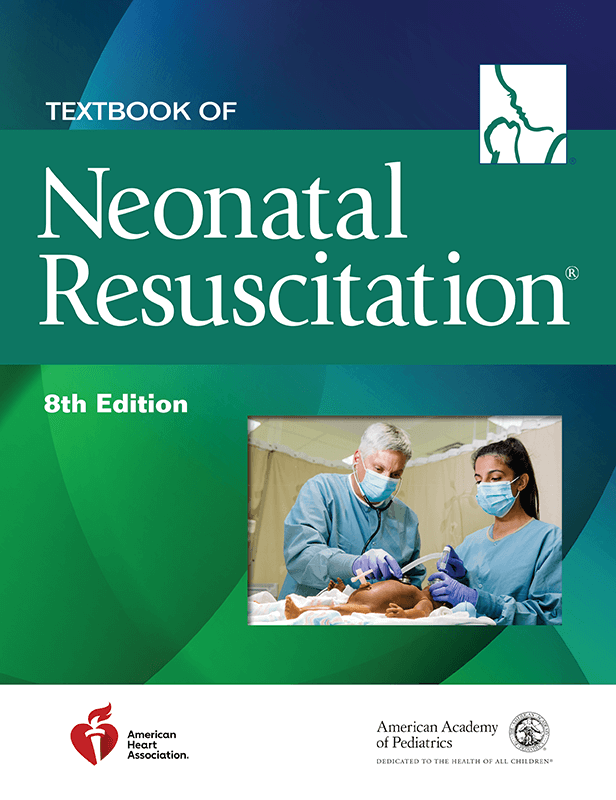
Neonatal Resuscitation Program
Online Course: 2-3 hours
Skills Testing: 3 hours
100% Pass Rate Guaranteed
Lowest Price In Carmichael
Receive Card On Class Day
Thousands of 5 Star Reviews
Some Professions: 4 CEU
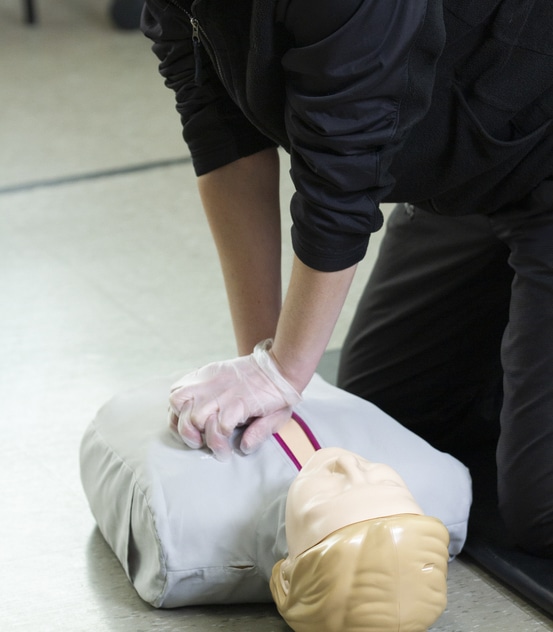
Audience: General public
Topics: CPR for all age groups, AED use, bleeding, epi-pen, etc
Online Session: 1 Hour
Skills Testing: 30 minutes
Card: Safety Training Seminars
Certification: Valid 2 years
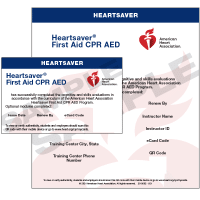
Audience: General public
Topics: CPR for all age groups, AED use, bleeding, epi-pen, etc
AHA Online Course: 1-2 Hours
Skills Testing: 30-45 minutes
Card: American Heart Association
Certification: Valid 2 years
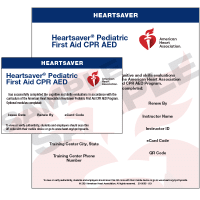
Audience: Childcare providers
Topics: CPR for all age groups, AED use, bleeding, epi-pen, etc
AHA Online Course: 1-2 Hours
Skills Testing: 30-45 minutes
Card: American Heart Association
Certification: Valid 2 years

Audience: Childcare providers
Topics: Lead poisoning, nutrition, infectious disease,etc
Zoom Course: 8 Hrs (state law)
Skills Testing: 30-45 minutes
Card: EMSA Health & Safety
Certification: No expiration
EXCELLENTTrustindex verifies that the original source of the review is Google. Super convenient. I needed my ACLS asap and this training program was perfect. I completed the online portion at home and I feel like I learned more than other training modes.Trustindex verifies that the original source of the review is Google. I was thoroughly impressed with the BLS Class at Safety Training Seminars, which provided comprehensive instruction and hands-on practice to help me achieve my CPR certification.Trustindex verifies that the original source of the review is Google. If you are self though person this is for you. You watch videos first , then you schedule your exam. At first, I was nervous until I got in the room. You have live person on Skype walking you through every step. If you watched the videos then you have no problem because exactly what you see in the video you get to practice on a mannequin . I liked it because the location was close by and saved me time because I didn't had to be in a class. It was in and out. Easy.Trustindex verifies that the original source of the review is Google. I’ve used this business 2 years in a row. The online course is very good. The instructor is very helpful. Highly recommended.Trustindex verifies that the original source of the review is Google. Honestly, the place was low-key sketchy. All the doors were open, and the building was dilapidated.Trustindex verifies that the original source of the review is Google. Very accessible, and easy to follow training.
Enroll in an American Heart Association training class in Carmichael, CA, and gain invaluable skills that can make all the difference in an emergency.
The American Heart Association RQI (Resuscitation Quality Improvement) program is the most popular, modern, and fast way for medical & healthcare professionals in Carmichael to receive their official American Heart Association BLS, ACLS, and PALS certification cards.
Three Easy Steps
Safety Training Seminars (Founded 1989)
Safety Training Seminars is a woman-owned AHA Training Center that provides high quality American Heart Association BLS, ACLS, PALS, CPR & First-aid courses in Carmichael, CA.
Excellent Customer Service
Safety Training Seminars has a top notch team of customer service reps that are available every day (including weekends) 8am – 10pm.
Classes Daily In Over 60 Cities
For our customer’s convenience, we offer AHA BLS, ACLS, PALS, CPR, & First-aid certification courses every day of the week in Carmichael and other cities near you.
Certification Card
After the course, students will receive the official AMERICAN HEART ASSOCIATION certification card (valid 2 years).
Low Price Guarantee
Safety Training Seminars offers the lowest prices in Sacramento County, backed by our Low Price Guarantee.

Cardiac arrests, choking incidents, severe injuries—these emergencies don’t come with a warning. Being prepared to respond in a moment of crisis can mean the difference between life and death. This is exactly why training in CPR, First Aid, and advanced life support is so vital.
The American Heart Association is a gold standard in emergency training, offering trusted CPR, First Aid, Basic Life Support (BLS), Advanced Cardiovascular Life Support (ACLS), and Pediatric Advanced Life Support (PALS) certification courses. Whether you’re a healthcare professional, teacher, parent, or concerned citizen in Carmichael, CA, gaining these skills is an empowering step.
If you’re looking for the highest-caliber training available, the American Heart Association delivers world-class education built on expertise and evidence-based science. Here are three reasons to choose AHA certification classes.
When you take a certification course from the American Heart Association, you’re learning one of the most respected standards of emergency care in the world. Their curriculum is rooted in scientific research and incorporates life-saving protocols tested and trusted by healthcare professionals globally.
Looking for certifications that open career doors across industries? AHA certifications are widely recognized by healthcare systems, educational institutions, corporate environments, and sports organizations. Carrying an AHA credential signals your readiness to handle emergencies competently.
These aren’t just certificates—they represent real, practical abilities to save lives. From CPR basics to advanced resuscitation techniques, AHA courses give you the knowledge and confidence to act when seconds matter.
Whether you’re a healthcare worker, first responder, or someone eager to learn, the American Heart Association has a course for you. Here’s a breakdown of their key offerings.
CPR and First Aid training provides essential life-saving skills meant for everyone. From helping an infant choking on food to responding to a heart attack, this course has you covered.
Learn skills like:
BLS is tailored for healthcare providers and first responders who require professional-grade lifesaving skills.
What you’ll learn:
ACLS goes beyond the basics of CPR and focuses on advanced, acute cardiac care for medical professionals.
Training includes:
PALS is designed specifically for those treating critically ill infants and children, such as pediatricians, nurses, and paramedics.
Topics covered:
Why should you invest the time and effort in these courses? Here are three key benefits.
Learning is immersive. Classes involve practicing on manikins and engaging in real-world scenarios, ensuring you feel ready to apply these skills in actual emergencies.
For professionals in healthcare, education, childcare, and workplace safety, AHA certifications are not just a necessity—they’re a career booster. Having these credentials makes you indispensable in various roles.
AHA courses accommodate the realities of modern life. Options like blended learning (online theory + in-person practice) and flexible scheduling ensure that anyone can participate, regardless of their commitments.
Walking into a class for the first time? Here’s a quick snapshot of what your experience will look like.
The simple answer? Anyone who wants to be prepared for emergencies. Specifically, AHA courses are ideal for these groups.
Signing up for an AHA certification class is simple if you know where to look. Here are some tips.
When evaluating training providers, look for certified instructors, quality training equipment, and reviews from prior students.
Enrolling in an American Heart Association certification course is an empowering step toward saving lives. These programs are more than an educational opportunity—they represent preparation, confidence, and a proactive approach to handling emergencies.
Start your training with confidence. Whether you aim to fulfill workplace requirements, grow your career, or simply be prepared to help someone in need, an AHA course is your best tool.
Take the leap today. Enroll in an American Heart Association training class in Carmichael, CA, and gain invaluable skills that could save a life!
Safety Training Seminars CPR
6020 Rutland Drive, Suite 23, Carmichael, CA 95608
(916) 610-1309